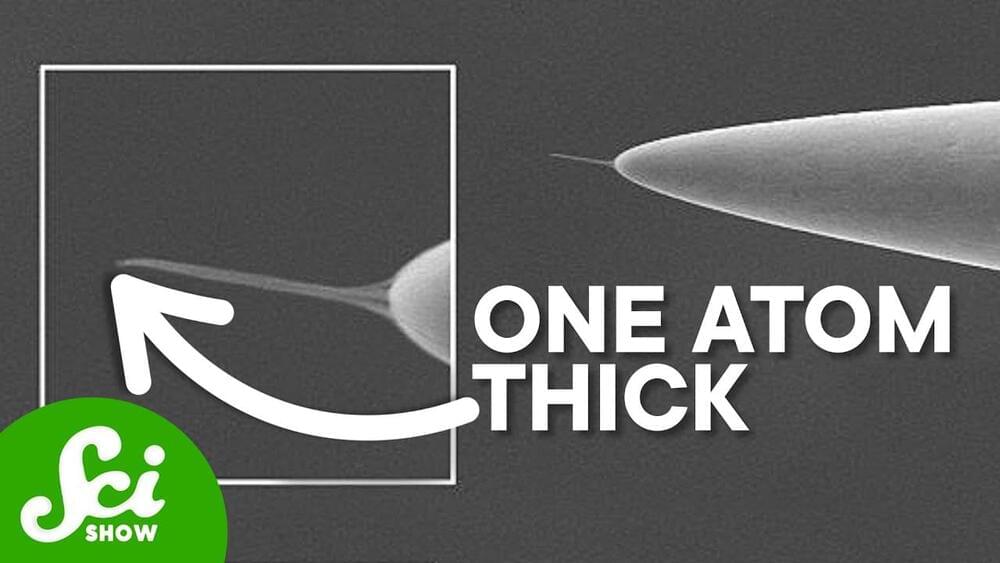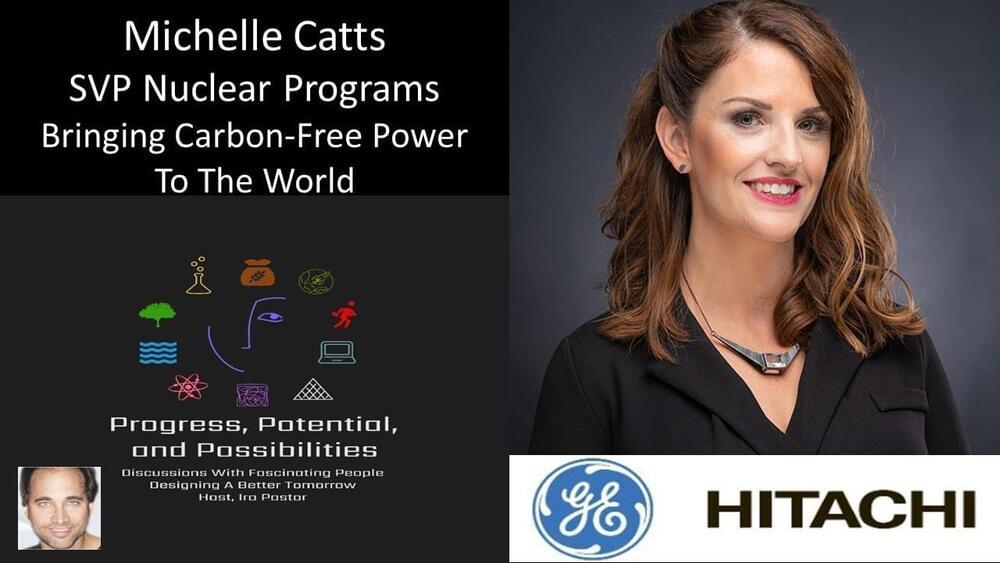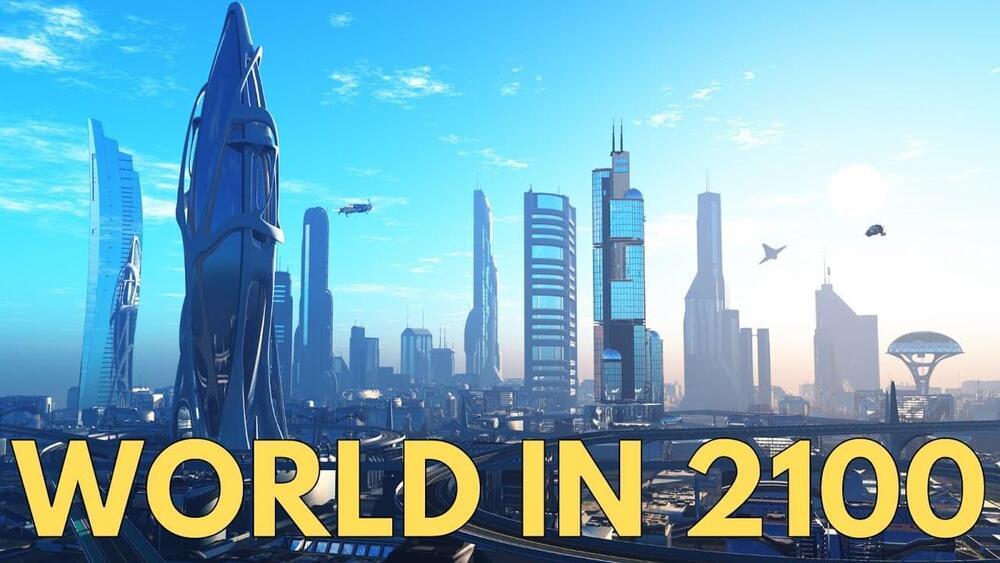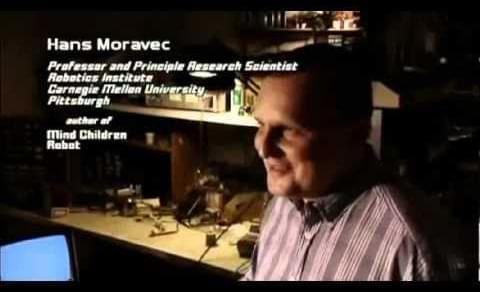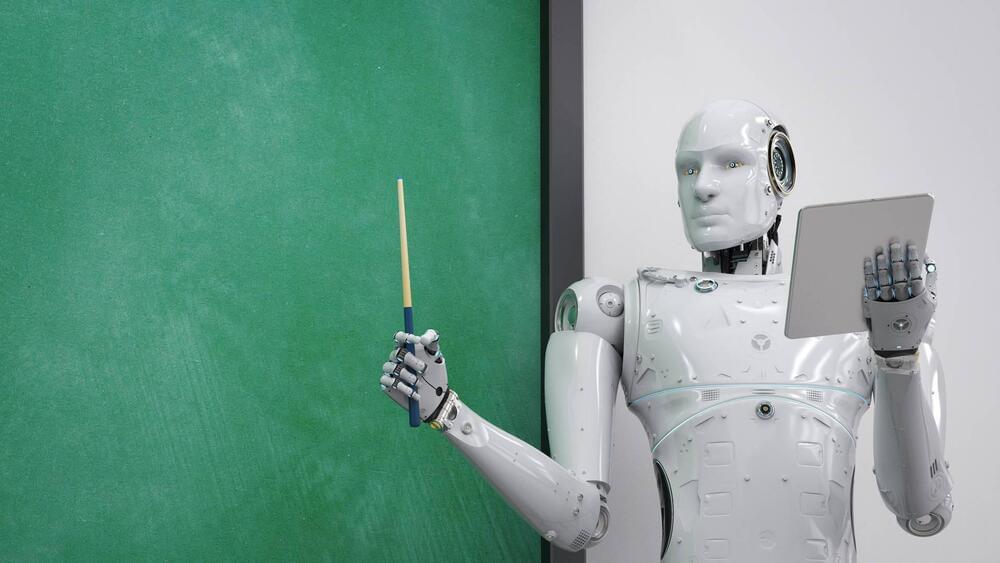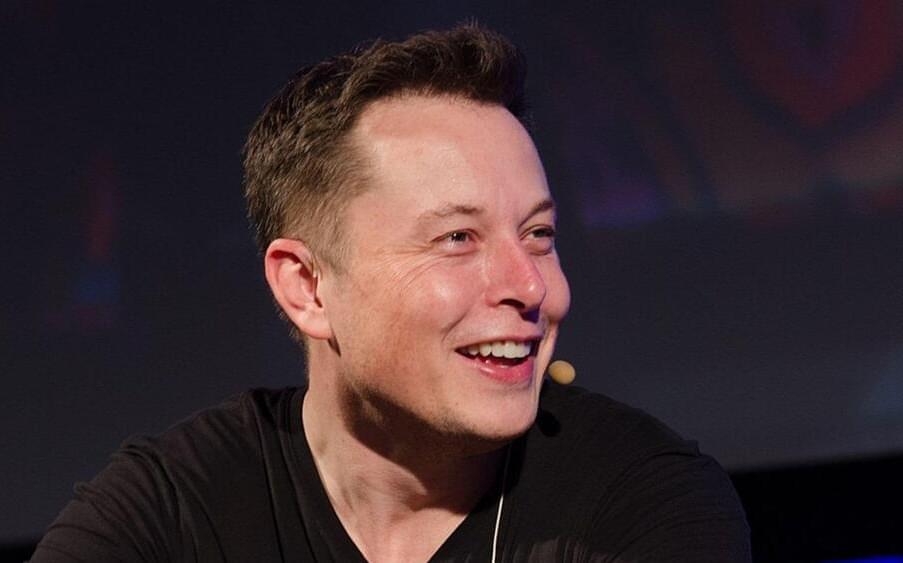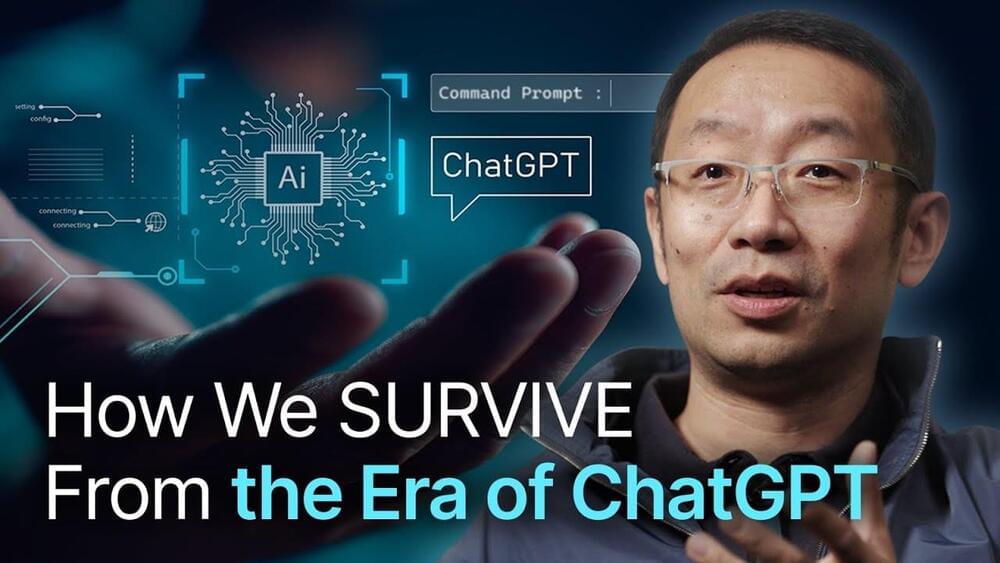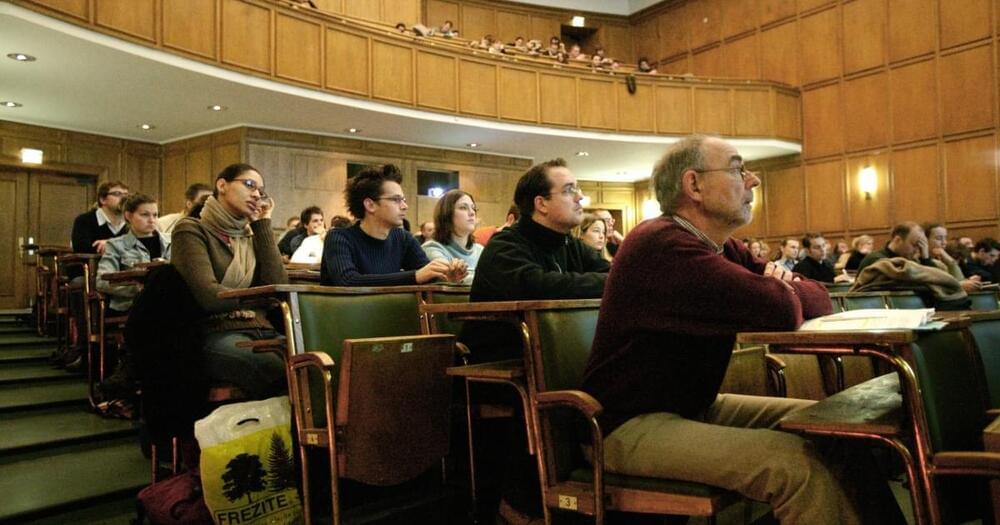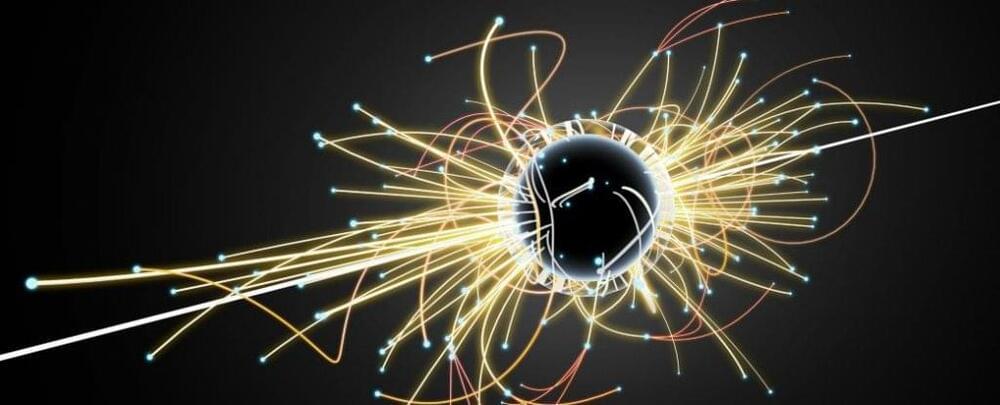Mar 13, 2023
The Sharpest Object In The World Can’t Cut Anything
Posted by Jose Ruben Rodriguez Fuentes in categories: computing, education
Head to https://linode.com/scishow to get a $100 60-day credit on a new Linode account. Linode offers simple, affordable, and accessible Linux cloud solutions and services.
Scientists like to measure things, but they’ve had a heck of a time doing that with sharpness. And even if no one agrees on exactly how to measure it, our search for better tools has recently led to some of the sharpest objects we’ve ever created.
Continue reading “The Sharpest Object In The World Can’t Cut Anything” »
